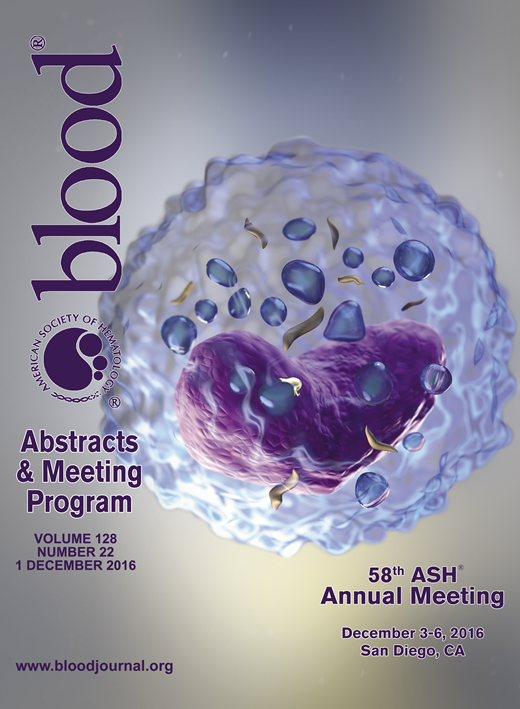Abstract
A number of selective FLT3 tyrosine kinase inhibitors (TKIs) have been tested for treatment of FLT3-ITD+ AML. However, monotherapy with FLT3 TKIs alone has achieved only transient and limited clinical responses due to several resistance mechanisms. Arsenic trioxide (ATO) has demonstrated significant efficacy in treating acute promyelocytic leukemia (APL). ATO has also shown some activity in treating non-APL myeloid leukemias. Recent studies have demonstrated that ATO can affect the degradation of oncogenic mutant proteins including mutant p53 and NPM through the ubiquitin-proteasome pathway (UPP). Here we investigated the feasibility of combining FLT3 TKIs with ATO in the treatment of FLT3-ITD+leukemia.
Anti-leukemic effects against FLT3-ITD+ patient AML samples and leukemia cell lines (Molm14, MV4;11) by FLT3 TKIs (Sorafenib, quizartinib), ATO and the combination were examined by MTT, apoptosis, cell viability and colony forming assays. Our data revealed that the combination showed synergistic growth inhibition of the FLT3-ITD+ cell lines Molm14 and MV4;11, with combinatorial index (CI) values at ED50 below 1.0 for both cell lines (CI values were 0.46 and 0.56 for ATO + sorafenib, 0.65 and 0.57 for ATO + quizartinib in Molm14 and MV4;11 cells, respectively). In contrast, there was no synergy observed for the combination in treating leukemia cell lines that do not express mutant FLT3. Synergistic effects for the combination in inducing apoptosis and inhibiting colony formation were also observed for the FLT3-ITD+ cell lines. Furthermore, when the combination was used to treat primary FLT3-ITD+ patient samples, there was also significant reduction of viability and clonogenicity. In contrast, normal BM MNCs showed very limited responses to the combination. Western blot (WB) analysis of Molm14 and FLT3-ITD+ patient samples revealed the combination of ATO and sorefenib potently reduced phosphorylation of FLT3 and its downstream targets (STAT5, MAPK, and AKT). In vivoexperiments using the combination to treat NSG mice engrafted with Molm14 cells demonstrated a significant reduction in the level of leukemic cells.
We further investigated the mechanism by which ATO contributes to an anti-leukemic effect on FLT3-ITD+ cells. Morphologic and flow cytometric analysis showed that ATO promoted the differentiation of Molm14 cells. The expression of C/EBPα and PU.1, two key regulators for myeloid differentiation, was increased in ATO-treated Molm14 cells at both the mRNA and protein levels. These data suggest ATO is capable of inducing the differentiation of leukemic cells. We also found that, in FLT3-ITD+ cells, ATO decreased expression of FLT3 protein. This could result from reduced FLT3 production and/or increased protein degradation. Further quantitative PCR analysis revealed ATO decreased expression of FLT3 and its upstream regulators HoxA9 and meis1. Co-immunoprecipitation assay showed that ATO facilitated poly-Ubiquitination and degradation of FLT3 in a dose- and time-dependent fashion. These results indicate that ATO exerts its anti-leukemic effects in FLT3-ITD+AML cell lines and primary samples at least partly through reducing the level of FLT3 protein.
These studies together demonstrate that ATO has a unique activity towards FLT3-ITD+ leukemia cells. Based on these findings, ATO is a potential candidate to work in combination with FLT3 TKIs to improve the outcome of FLT3-ITD+ AML patients.
Levis:Millennium: Consultancy, Research Funding; Daiichi-Sankyo: Consultancy, Honoraria; Astellas: Consultancy, Honoraria, Research Funding; Novartis: Consultancy, Honoraria, Research Funding.
Author notes
Asterisk with author names denotes non-ASH members.

